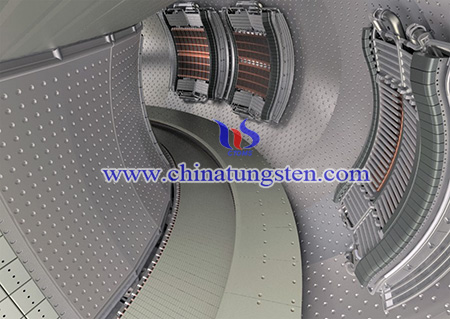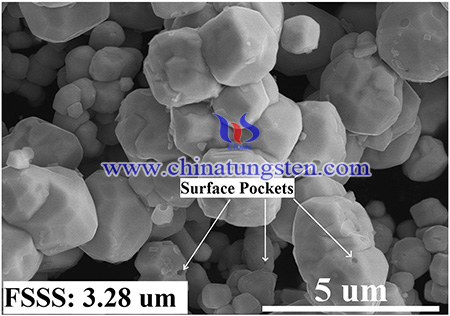Potassium-Doped Tungsten with High Thermal Shock Resistance Prepared from APT
- Details
- Category: Tungsten Information
- Published on Tuesday, 29 June 2021 01:27
As one of the most promising candidates for plasma-facing material (PFM) in future fusion reactors, tungsten was extensively investigated in recent years. However, even though tungsten has many advantages like high melting point, high thermal conductivity, low tritium inventory and low erosion rate under plasma loading, there still exist some disadvantages such as high ductile–brittle transition temperature (DBTT), low recrystallization temperature (RCT), irradiation induced hardening, and so on.
Spark plasma sintering (SPS) is an ideal technique for this purpose. Currently it is one of the most advanced sintering techniques to prepare dense bulk materials, which can sinter nanosized powders to near full densification with minimum grain growth. So, potassium-doped tungsten with high thermal shock resistance has been prepared from Ammonium paratungstate (APT) which has a potential to be utilized as PFM material.

Ammonium paratungstate (APT) powder was doped with potassium silicate and aluminum nitrate at first. The doped tungsten powder was then subjected to hydrogen reduction, acid washing and drying. The so-called AKS-doped tungsten powder was then prepared. The SPS experiments were carried out on Labox-325 (SINTER LAND Inc., Japan). For each SPS sintering 7.5 g of AKS-doped tungsten powder was fed into a 15 mm dia. graphite die. The sample was heated up from room temperature to 600 °C in 6 min; then it was heated up to the target temperature with 100 °C/min. A pressure of 40/80/120 MPa was applied during the sintering process. To degas the AKS-doped tungsten powder, the applied compressive pressure was set to just 20 MPa at the first 6 min of the sintering process, then increased to target pressure in 3 min (corresponding to 900 °C).

To sum up, Potassium-doped tungsten (W–K) with high relative density (~ 98.5%), nanoscaled bubbles and fine microstructure was spark plasma sintered using AKS–tungsten powder. With respect to bubble formation, sintering temperature of 1750 °C was appropriate according to the size and density of bubbles. Holding time of 2–3 min was suggested since abnormal grain growth will occur in the central area of the sample if exceeding 3 min. Higher pressure is beneficial to the densification and purification process. Potassium was detected inside the bubbles, confirming the critical role of potassium in the bubble formation. These improvements may provide more favorable properties for W–K as PFM, such as high thermal shock resistance and H/He plasma irradiation resistance.
- APT Manufacturer & Supplier, Chinatungsten Online: ammonium-paratungstate.com
- Tungsten News & Prices of China Tungsten Industry Association: www.ctia.com.cn
- Molybdenum News & Price: news.molybdenum.com.cn
- Tel.: 86 592 5129696; Fax: 86 592 5129797; Email: sales@chinatungsten.com



 sales@chinatungsten.com
sales@chinatungsten.com